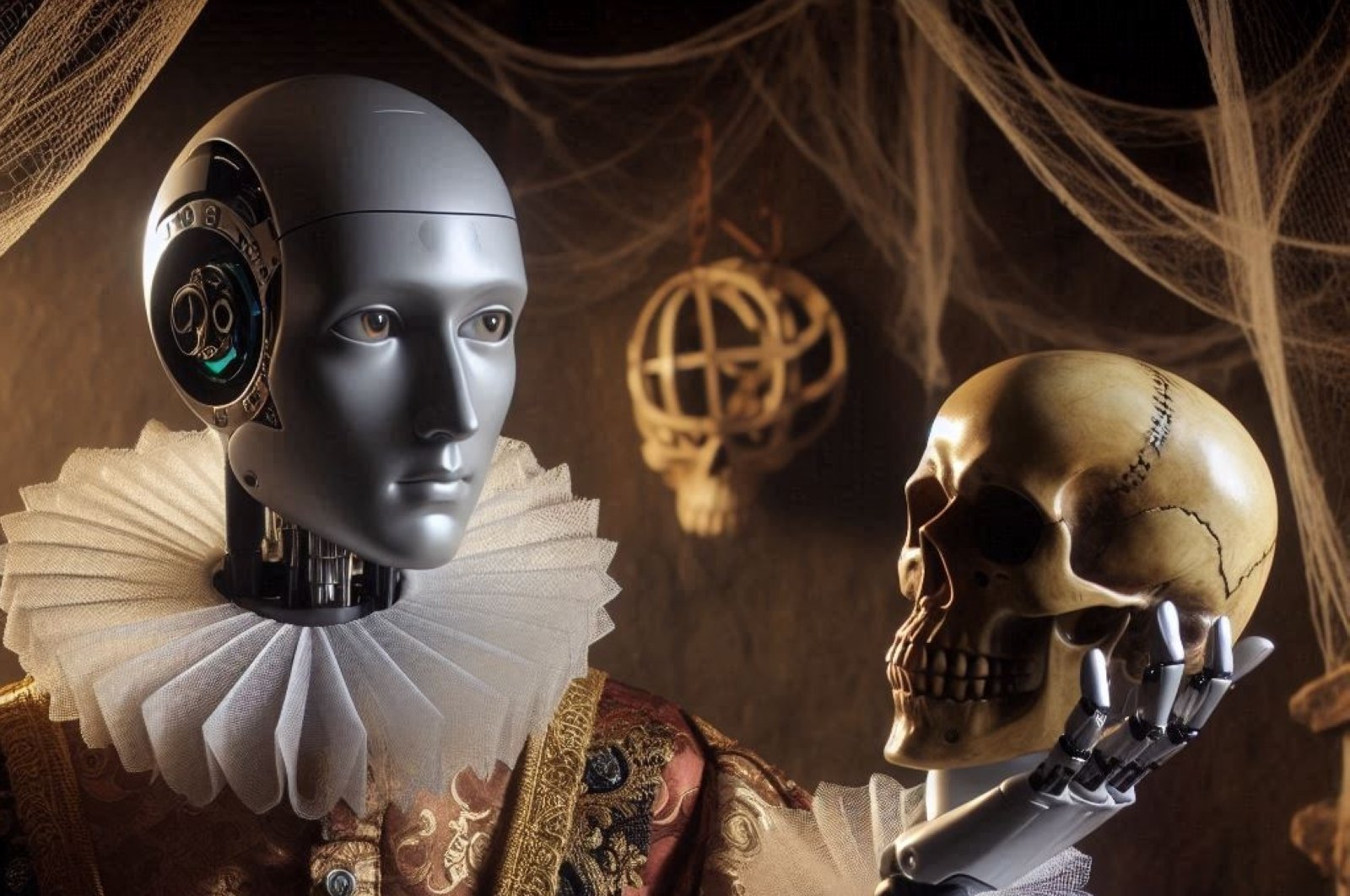- Artechouse is an art firm that displays digital exhibitions in US cities.
- It showcases works that use extended reality and AI to push the boundaries of immersive art.
- This article is part of “Build IT,” a series about digital-tech trends disrupting industries.
Thanks for signing up!
Access your favorite topics in a personalized feed while you’re on the go.
download the app
By clicking “Sign Up”, you accept our Terms of Service and Privacy Policy. You can opt-out at any time by visiting our Preferences page or by clicking “unsubscribe” at the bottom of the email.
When the husband-and-wife duo Sandro Kereselidze and Tatiana Pastukhova came up with the idea for Artechouse, the experiential-art firm they cofounded in 2015, it was hard to explain what they were doing. “Immersive art” wasn’t a catchphrase.
Today, immersive art — which uses technology to engage the viewer in an exhibition — is everywhere. Around the world, there have been several immersive-art exhibitions dedicated to the work of Vincent van Gogh. Glimpse, a market-research and trend-tracking company, said in February that search interest in immersive art had increased by 27% over the past year.
Sandro Kereselidze and Tatiana Pastukhova cofounded Artechouse around nine years ago.
Alyona Vogelmann
Artechouse, which has permanent locations in Miami, New York, Houston, and Washington, DC, has a 14-person creative and production team, including contractors and full-time employees, to transform artists’ work into digital and experiential art. The company’s exhibitions feature extended reality, which merges physical and virtual worlds.
Among the 40 immersive shows Artechouse has done so far is “Isekai: Blooming Parallel Worlds” in Washington, DC. The exhibition involves a gallery surrounding visitors with digital cherry blossoms and a separate room with an interactive music installation. It uses 360-degree projection mapping, at a resolution of 18K, to create panoramic images.
Pastukhova said Artechouse aims to showcase digital exhibitions that challenge artists and use “new technologies and new methods.”
Visitors at “Isekai: Blooming Parallel Worlds.”
Artechouse
Bringing the future to the present
One of the artists who has partnered with Artechouse is Vince Fraser, an Afro-surrealist in London known for embracing tech.
“I was looking for how I could create my digital artwork and then put it within an actual physical space,” Fraser said. In 2014, he started researching immersive spaces. “Back then, it wasn’t really a big thing,” he said. “There were only a few people doing it.”
Vince Fraser has been interested in immersive art for about a decade.
Vince Fraser
In 2021, Fraser teamed up with Artechouse for an audiovisual exhibition, narrated by the poet Ursula Rucker, that celebrates the Black experience. The show, which opened in Miami and has since traveled, features an immersive room and an interactive area with augmented-reality technology.
A highlight of the exhibit for Fraser is the auxiliary gallery, called “Thousand Masks,” which speaks to African kings’ and queens’ power, identity, and culture.
Fraser credits Artechouse’s big production team with executing his vision in a short time. “It usually takes about six months to produce a show, but we only had three months to produce this,” Fraser said. “We were working day and night to get it finished. So I was super proud to have been able to do it in such a short period.”
The exhibition is in New York through Labor Day.
Fraser used vibrant colors in his “Ase: Afro Frequencies” exhibition.
Artechouse
AI enters the picture
Last year, Artechouse ventured into generative AI with the launch of “World of AI•magination,” housed in the company’s main gallery in New York. The multidisciplinary project creates experimental scenes using Stable Diffusion, a text-to-image model, and a generative adversarial network, a machine-learning model that generates data.
Riki Kim, Artechouse’s executive creative director, said the models used to generate the visuals were trained on images “designed specifically for each scene.”
AI art isn’t without controversy. Fraser, who uses generative AI in his work, acknowledged other creators’ concerns. “I’ve had conversations with other artists, and they’re not very keen on the whole AI stuff,” he said. “I kind of get it, because obviously a lot of these models are trained on data, and a lot of the data which they’ve used are from existing artists. A lot of artists feel very uncomfortable about that.”
Kereselidze said people should stay creative and use AI “as a tool and not vice versa.”
“AI in the next two to three years can create pretty much anything that you desire. Anything that artists can do as humans,” he continued. “It is kind of a questionable dark side that we need to be aware of. We need to be conscious about what we teach these tools.”
Fraser predicted that AI would play a major role in the near future of immersive art. “I personally never thought I would be alive to see what’s happening now with what is capable in terms of creativity,” said Fraser, who’s 52. “For me, it’s just endless possibilities now.”
Kereselidze is looking forward to those possibilities. “In this field, we learn as we go,” he said. “It’s exciting, it’s nerve-racking, but it’s something that is rewarding, because when the final project comes to life, it’s just a beautiful experience to watch audiences interacting and engaging with the artwork.”


